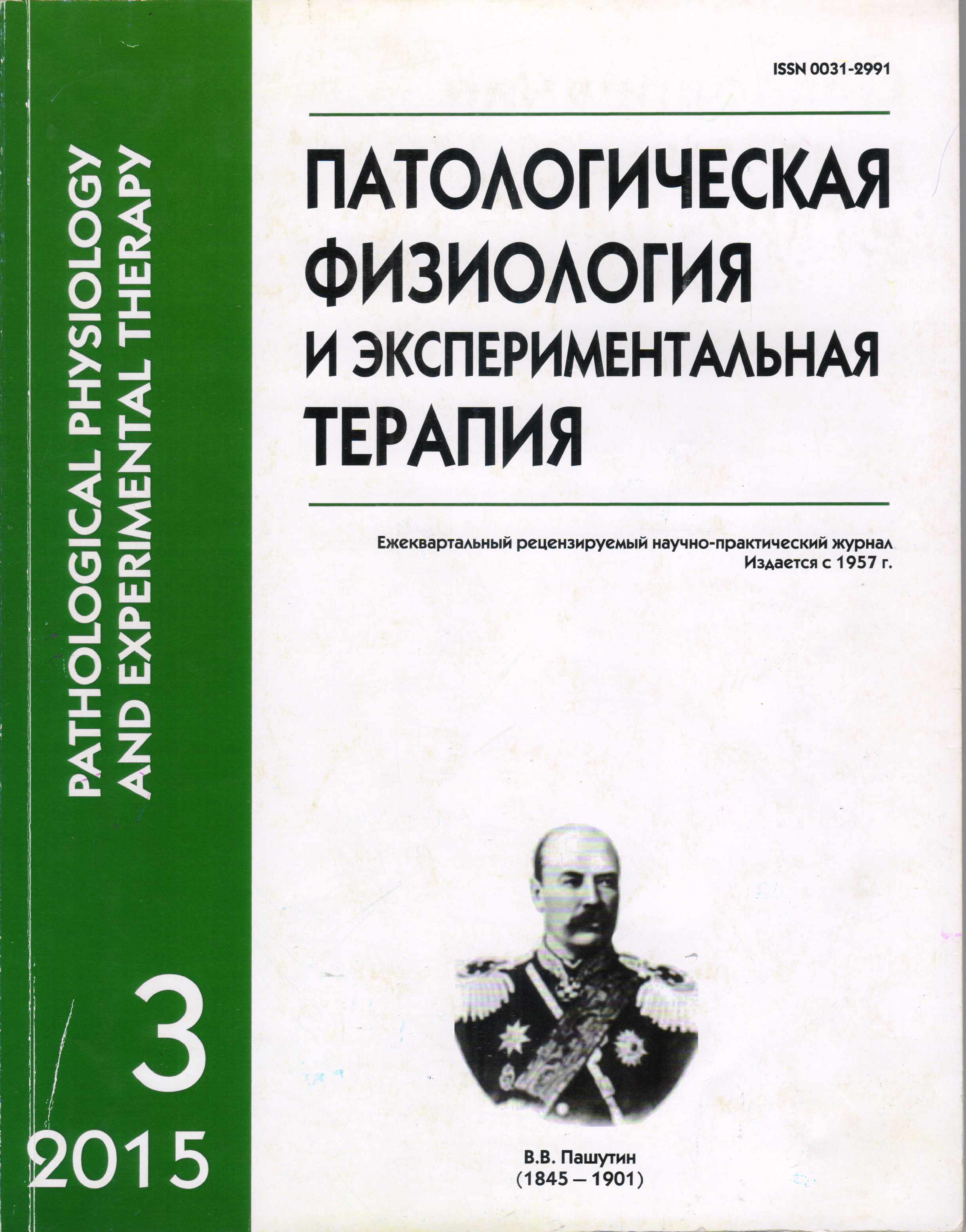Fatty acid composition in the carotid artery tissue in the atheromatosis and lipid spot areas. Universal pathogenesis of the atherosclerosis syndrome and its symptom of intimal atheromatosis.
Keywords:
fatty acids, cholesterol, carotid arteries, atherosclerosis, atheromatosis
Abstract
Gas chromatography with mass spectroscopy detection have shown that the major components of atheromatous masses in formed atherosclerotic plaques (surgery material) are the derivatives of essential polyenic fatty acids (ES poly-FA) and of the alcohol cholesterol. They undergo nonphysiological catabolism (hydrolysis) in the lysosomes of resident macrophages as components of protein macromolecules, low-density lipoproteins (LDL). In excess of palmitic triglycerides apoB-100 of LDL does not form ligand, and ligand-free LDL become biological “rubbish” in the circulation. They are uptaken via scavenger receptors by resident macrophages in the intima. When ligand LDL are physiologically uptaken via apoB-receptors, they are catabolized (oxidized) in peroxisomes but not in lysosomes. Lipid spots result from functional cellular lipoidosis which fulfills the biological reaction of inflammation and initiate the lipoidosis – vector protein for FA transport – C-reactive protein pathway. Formation of ligand-free LDL lays the basis for intracellular ES poly-FA deficiency and clinical manifestations of the atherosclerosis syndrome. Intima is the spot where large-molecular-weight (>Downloads
Download data is not yet available.
Published
11-11-2015
How to Cite
Titov V. N., Osipov G. A., Tararak E. M., Godkov M. A. Fatty acid composition in the carotid artery tissue in the atheromatosis and lipid spot areas. Universal pathogenesis of the atherosclerosis syndrome and its symptom of intimal atheromatosis. // Patologicheskaya Fiziologiya i Eksperimental’naya Terapiya (Pathological physiology and experimental therapy). 2015. VOL. 59. № 3. PP. 4–17.
Issue
Section
Original research






